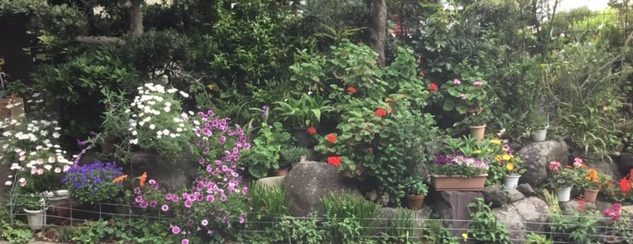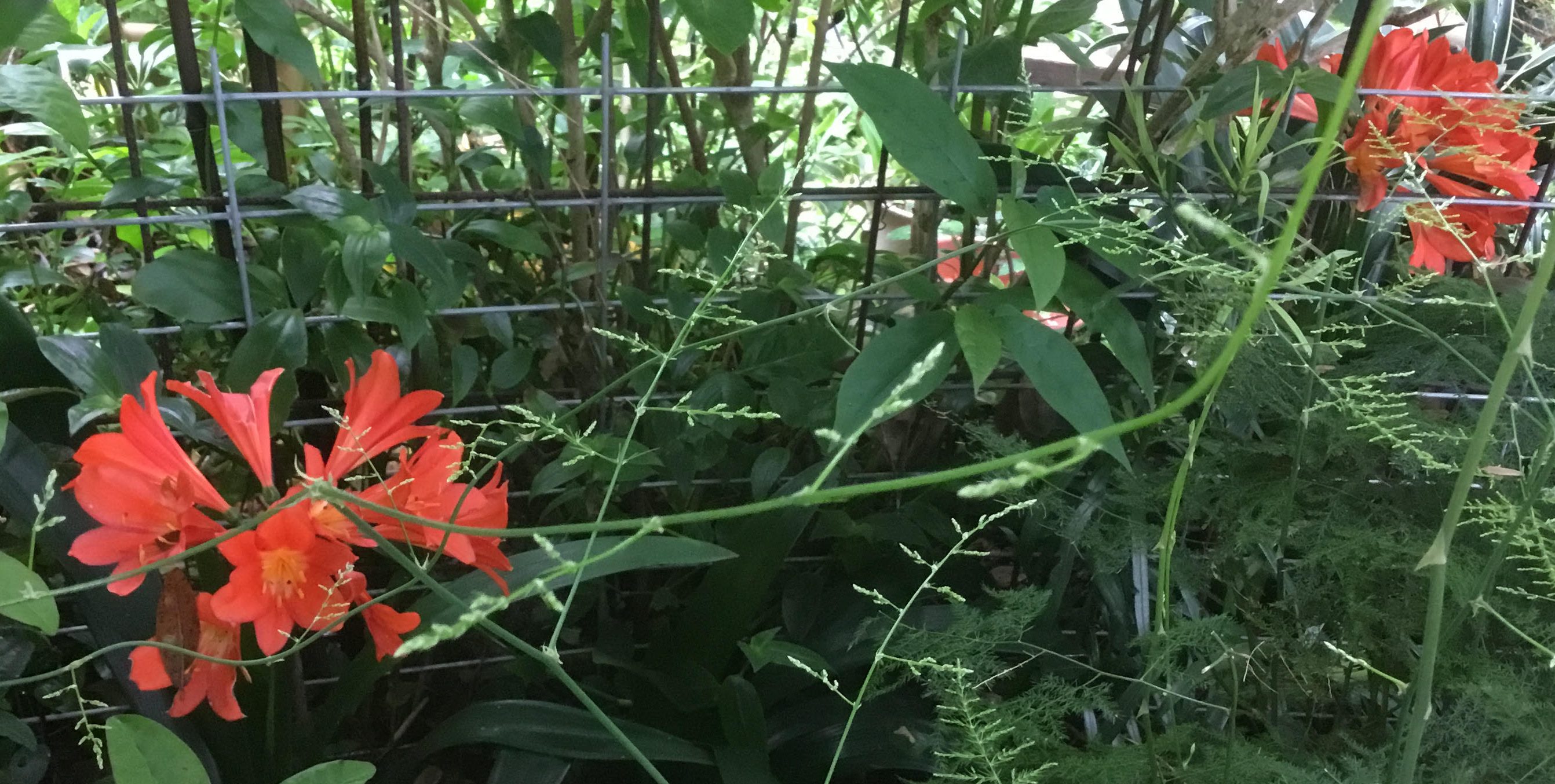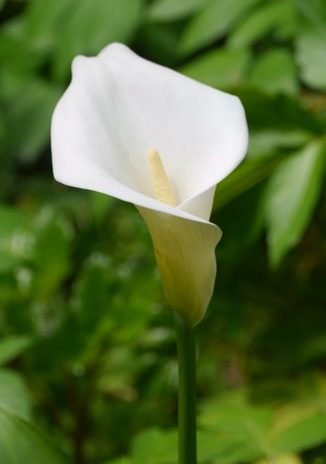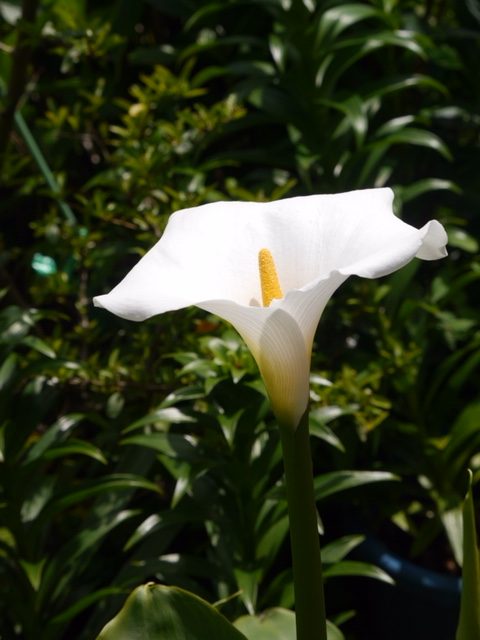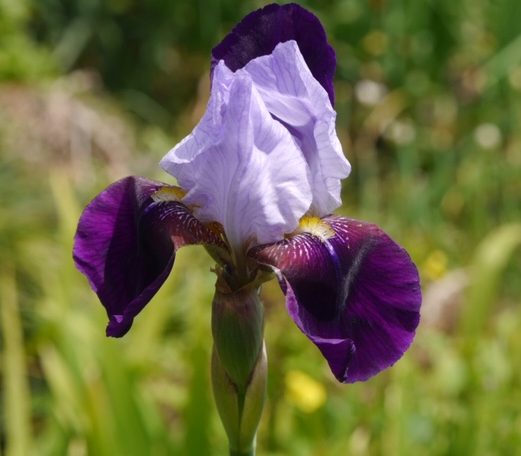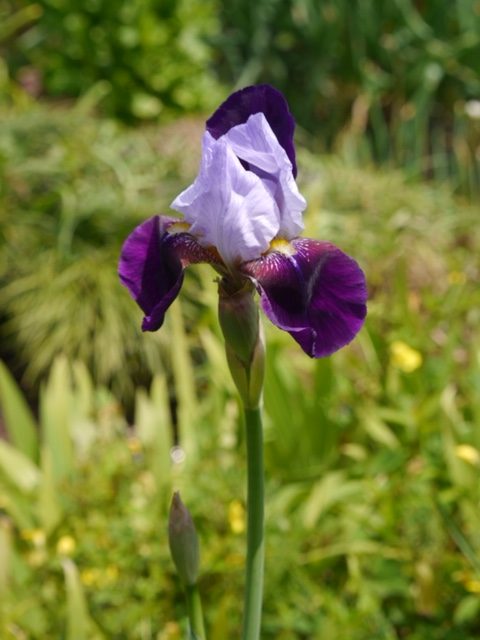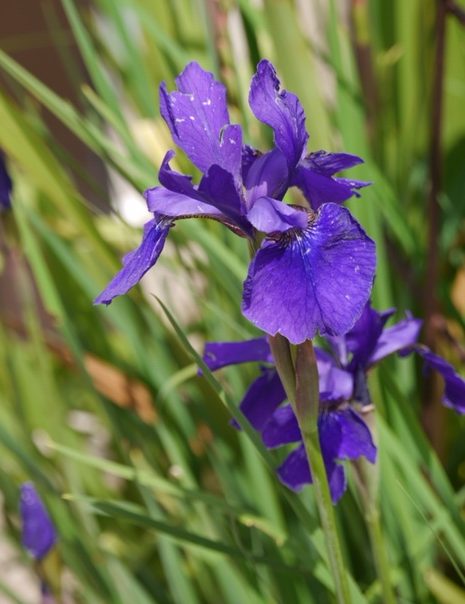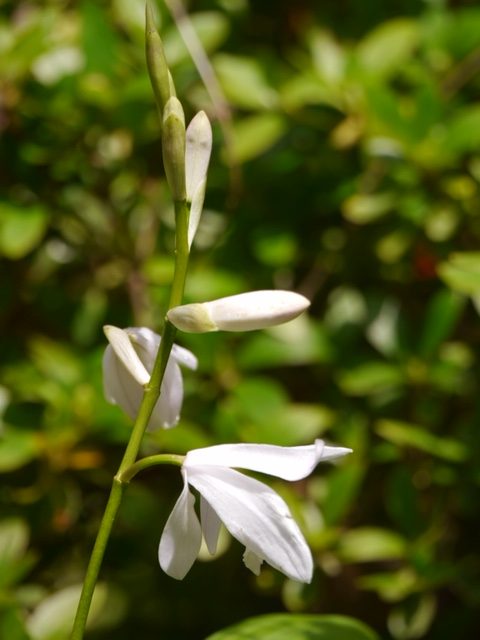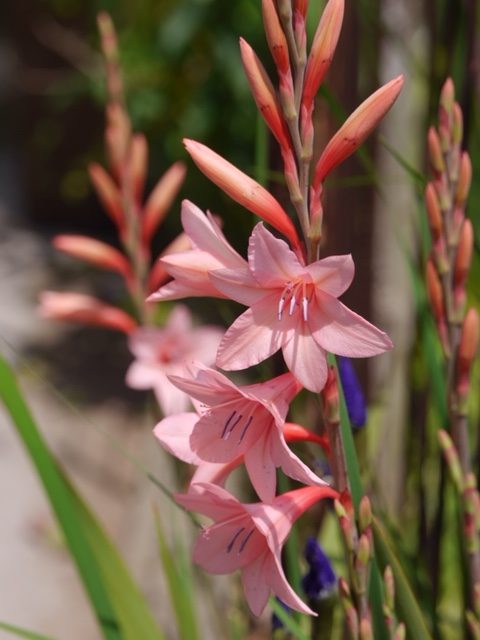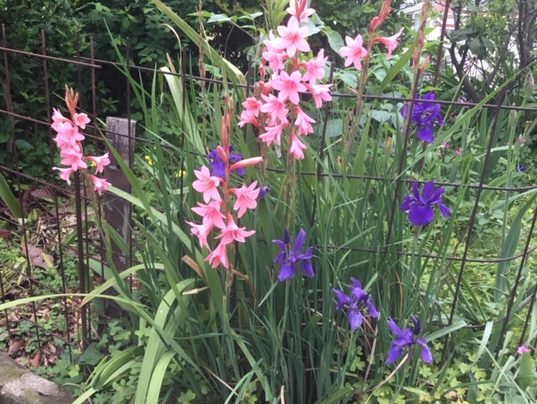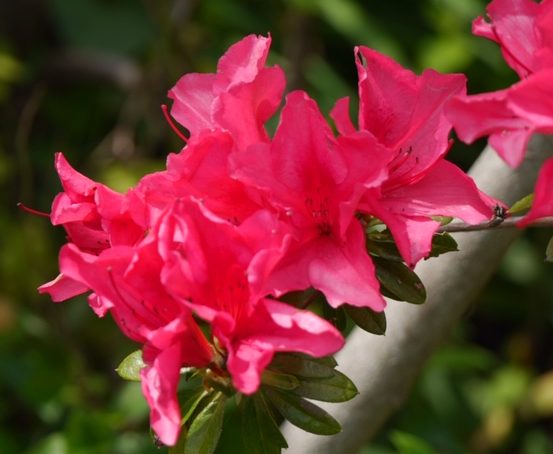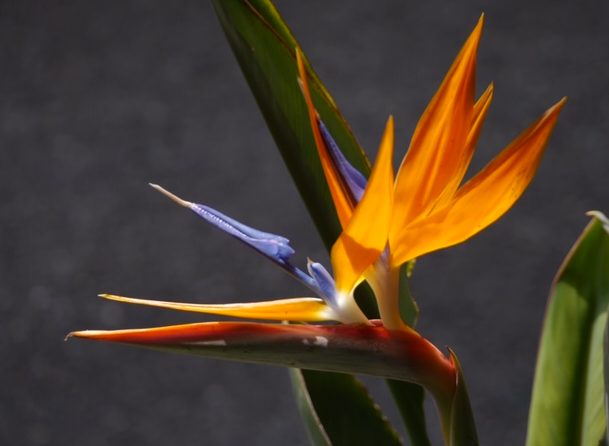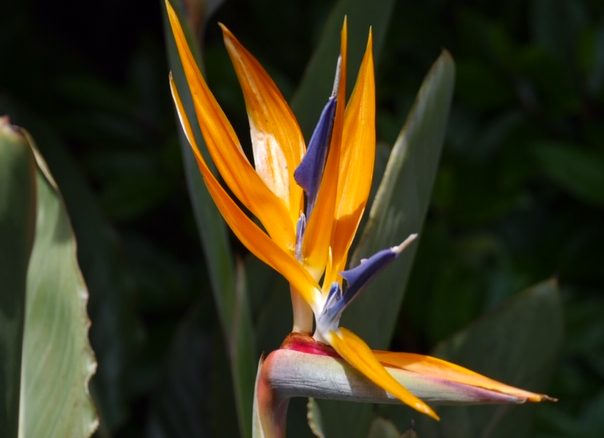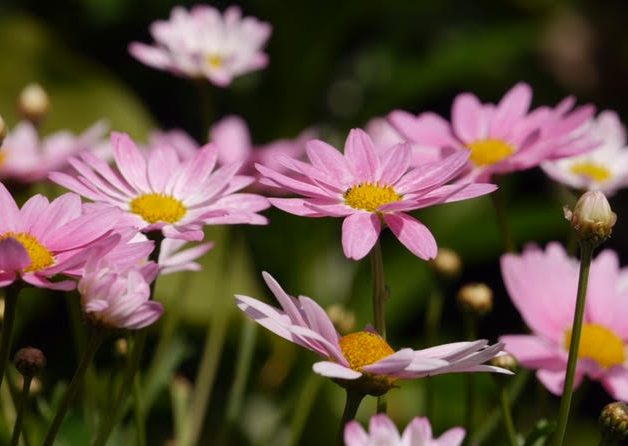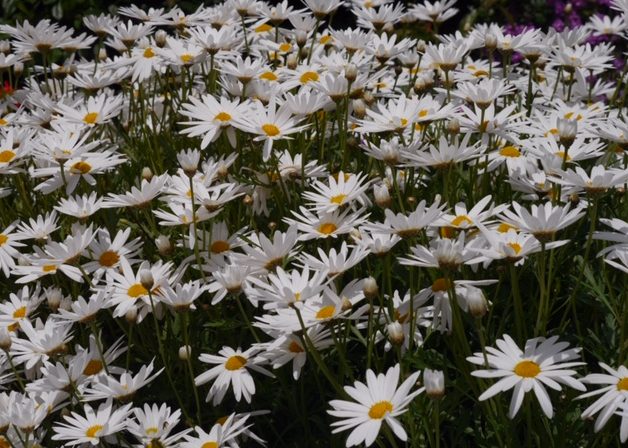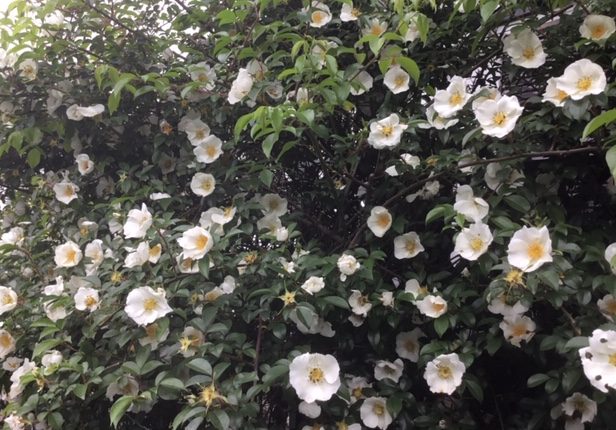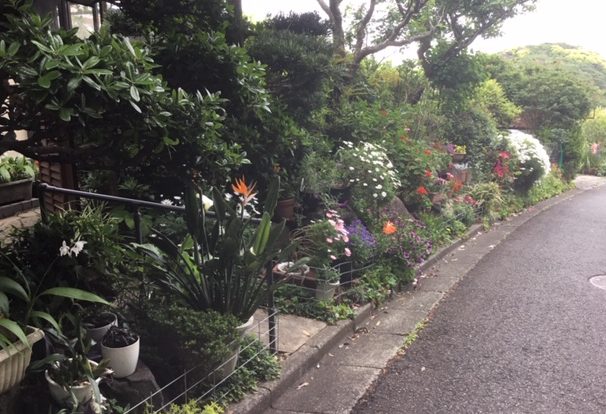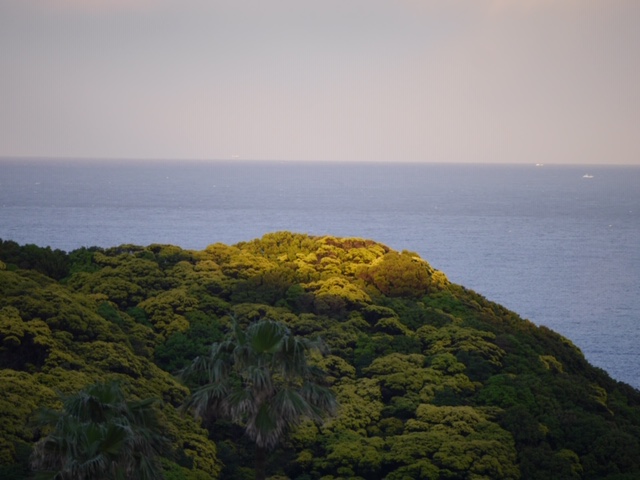Good morning!
Last week we talked about the Two Ways of Seeing and Cultivation. The Two Ways of Cultivation in the Zen Tradition are Sitting and Samu (Work, lit. Doing Duties). In Theravada Buddhism, renouncers and lay people exchange Dharma donation and Faith donation to support the Pure/Poor Way (vissuddhi magga/hindo: 貧道) of life. India had a long tradition of supporting strivers (samanas/śramaṇas) and Brahmanas.
In China, however, renouncers were persecuted by some Emperors, and so had to flee to the mountains in order to support themselves. Thus their practice included sitting and samu to maintain their life. Hyakujo Ekai created the oldest Purity Codes, the remnants of which and monastic rules were collected in the Zen Monastery Purity Codes (Zen-en Shingi) of Choro Soseki to regulate production, maintenance, living, etc.
Hyakujo said, “A day of no work, a day of no eating.” Due to his old age – he lived to 95 – his disciples had hidden his farming tools make him rest, and he said this while refusing to take food. So samu became an essential practice in Zen monasteries, in addition to sitting, to continue and concentrate to develop and achieve nirvana and prognosis, learning how to live and run things in holy truth, goodness, and beauty.
Mahayana Buddhism is the bodhisattva way, “vowing to save others first and oneself last,” going with all always. The Awakened Way must go along with the karma world, with nirvana (unmoved by karma), and with bodhi, awakening, providing prognosis for seeing and solving all problems and sufferings. Sitting and samu are thus the essential way to enable practitioners to provide skillful means and ends.
May 11, 2019 C.E.
Note 1. Hyakujo Shingi (清規) by Hyakujo Ekai (百丈懐海:749– 814)
Note 2. Zen’en Shingi (禅苑清規) by Choro Soseki (長蘆宗賾: b./d. dates unknown, resided at Kosai Zen’in: 1102~1105)
お早うございます!
先週私達は見道と修道の二道について話しました。禅の伝統では修道の二道は坐禅と作務(作業、字義通りには義務を行う)です。上座仏教では出家者と在家者は法施と生活の清浄道/貧道を支える為の信施を交換します。インドでは修行者(沙門:Pali: samana, Skt.: śramaṇa:努力者の音訳)とバラモンを支える長い伝統がありました。
中国ではしかし幾人かの皇帝によって出家者が迫害されましたので、自らを支える為に山に逃げなければなりませんでした。こうして彼らの修行は自分たちを支える為に坐禅と作務を含むようになりました。百丈懐海は最古の清規を創りましたが、その残滓と禅苑の規則が収集されて禅苑清規が生産、維持、生活などを統制するために編まれました。
百丈は九十五歳迄生きましたが老齢の為に休ませようと弟子達が農具を隠すと「一日不作、一日不食」と言い食事を摂るのを拒否しました。それで、坐禅に加えて、作務が、涅槃と般若(智慧)を発展させて得るためと、聖(全体健全)なる真善美で生活し物事を運営するのを学ぶ為に禅苑での必須の実践となったのです。
大乗仏教は「自未得度先度他(自ら渡る前に他を渡す)と誓い」常に一切と共に行く菩薩道です。仏道(覚道)は涅槃(業に不動)と、一切の問題と苦を見て解決する般若を提供する、菩提(覚醒)で業世界と共に行かなければなりません。坐禅と作務はこうして修行者に巧妙な目的と手段(善巧方便ぜんぎょうほうべん)を提供する必須の道です。
2019共通年5月11日 法話
註1.百丈懐海(749– 814)による百丈清規
註2.長蘆宗賾(生死年不明だが1102~1105洪済禅院に住持) による禅苑清規
Mr. Otsuka’s garden facing the street
君子蘭/clivia nobilis
kara/cala
ジャーマンアイリス・German iris
三寸あやめ/iris sanguinea
紫蘭/ bletilla striata
リアトリス/liatris
リアトリスと三寸あやめ/liatris & iris sanguinea
ツツジ/azalea
極楽鳥/bird or paradise/strelitz
マーガレット/Marguerite/Paris daisy
薔薇/rose
Mr. Otsuka’s front garden facing the street
leading to downtown and Pacific Ocean
Passers-by enjoy beautiful flowers.
Pacific Ocean
The above pictures were taken and sent from Japan
by Mr. Noriyuki Otsuka in Shimoda, Shizuoka

